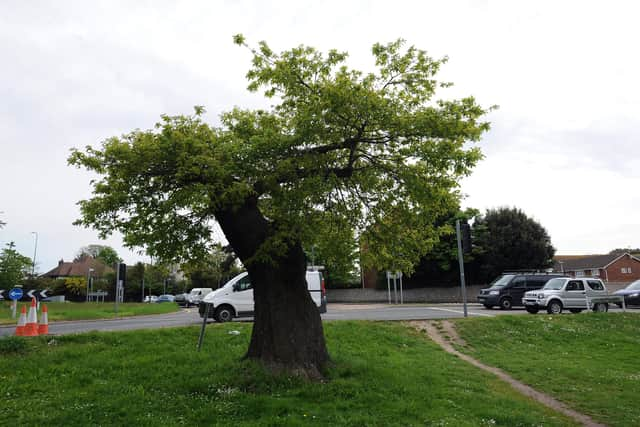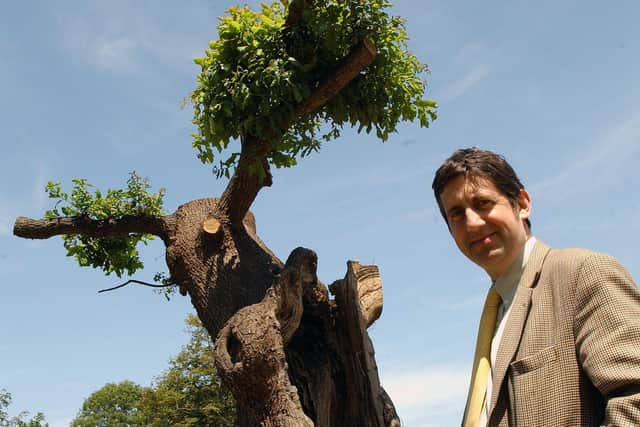Sussex folklore explored: Worthing tree where skeletons are said to dance on Midsummer's Eve
and live on Freeview channel 276
The town is in fact full of folklore, legends and fairy tales, and the Midsummer Tree, on land by the Grove Lodge roundabout in Broadwater, is just one of the stories to feature on a new map of South Downs, Hampshire and Sussex folklore, released as part of South Downs for All project.
Based on research by Sussex folklorist Jacqueline Simpson, a lifelong resident of Worthing, with additional information by local historian Chris Hare, the map tells us there has been a gathering at the tree at midnight every June 23 in recent years.
Advertisement
Hide AdAdvertisement
Hide AdNo one knows for sure how old the legend of the dancing midsummer skeletons is but Charlotte Latham, the 'Godmother' of English folklore studies, remembered hearing it as a child in the early 19th century.


What we do know is that the midnight gatherings date back to 2006, when Chris saved the tree and a plaque was unveiled to mark its significance.
Driving past, he had noticed the agency contracted to maintain trunk roads had started to cut off branches, in preparation for the tree's removal due to safety concerns. Chris decided to investigate and, together with other campaigners, managed to make it the first tree to be saved for reasons of importance to local folk law.
Advertisement
Hide AdAdvertisement
Hide AdJacqueline, author of The Folklore of Sussex, admitted the identification of the Midsummer Tree was necessarily tentative, since the information given in Charlotte's 1878 article on West Sussex Superstitions – the oldest known source – was vague.


But she agreed with Chris that it could be the old hollow tree on the triangular spit of land between Warren Road, South Farm Road and Offington Road. As children in the 1940s, she recalled, she and her friends used to say it was haunted.
By its very nature, folklore tends to shift and vary with time, but Chris says this old tree is a symbol of Worthing’s past and the strong associations that people once had with the landscape in which they lived. The compromise was for it to be truncated rather than being felled.
Anglo-Saxons believed roots of trees were connected to the spirit and underworld. Old trees like oak and yew were thought to have special powers. In the south of England, people thought the spirits were around at Midsummer because it was the shortest night and longest day.
Advertisement
Hide AdAdvertisement
Hide AdThere are records that say on Midsummer’s Eve, skeletons would rise up from the roots of a Broadwater tree, link arms and dance around it. Jacqueline documents the tree in her book and says Midsummer, rather than Hallowe’en, was judged the best time for communing with the spirit world.